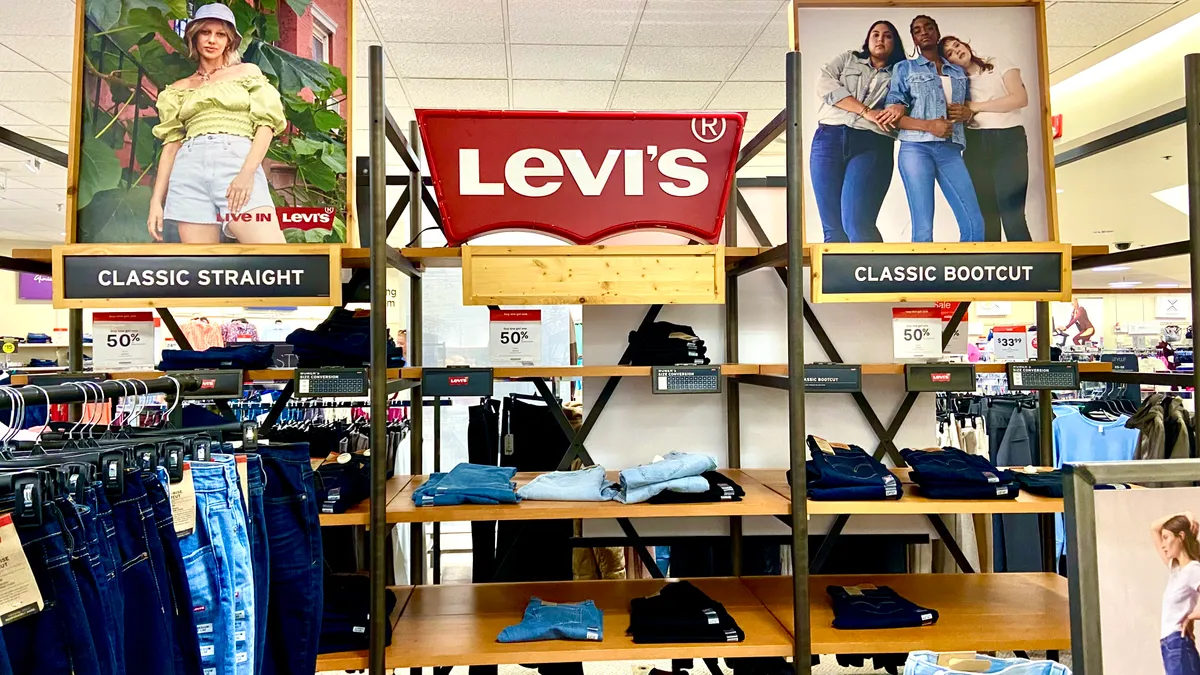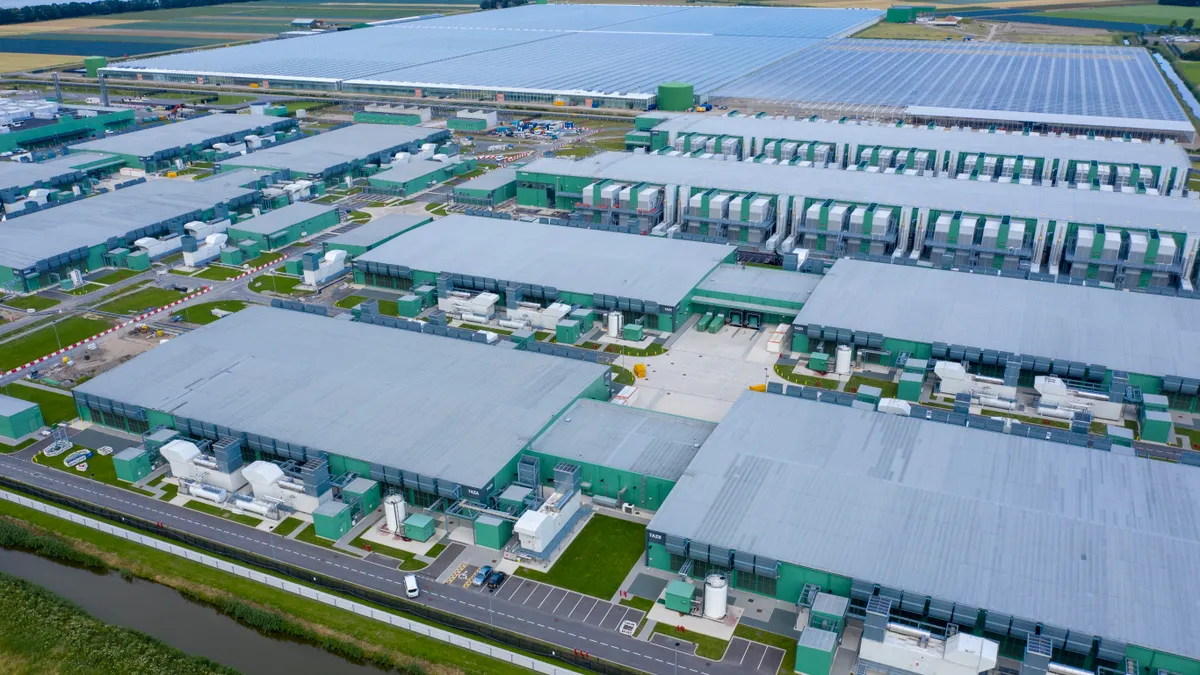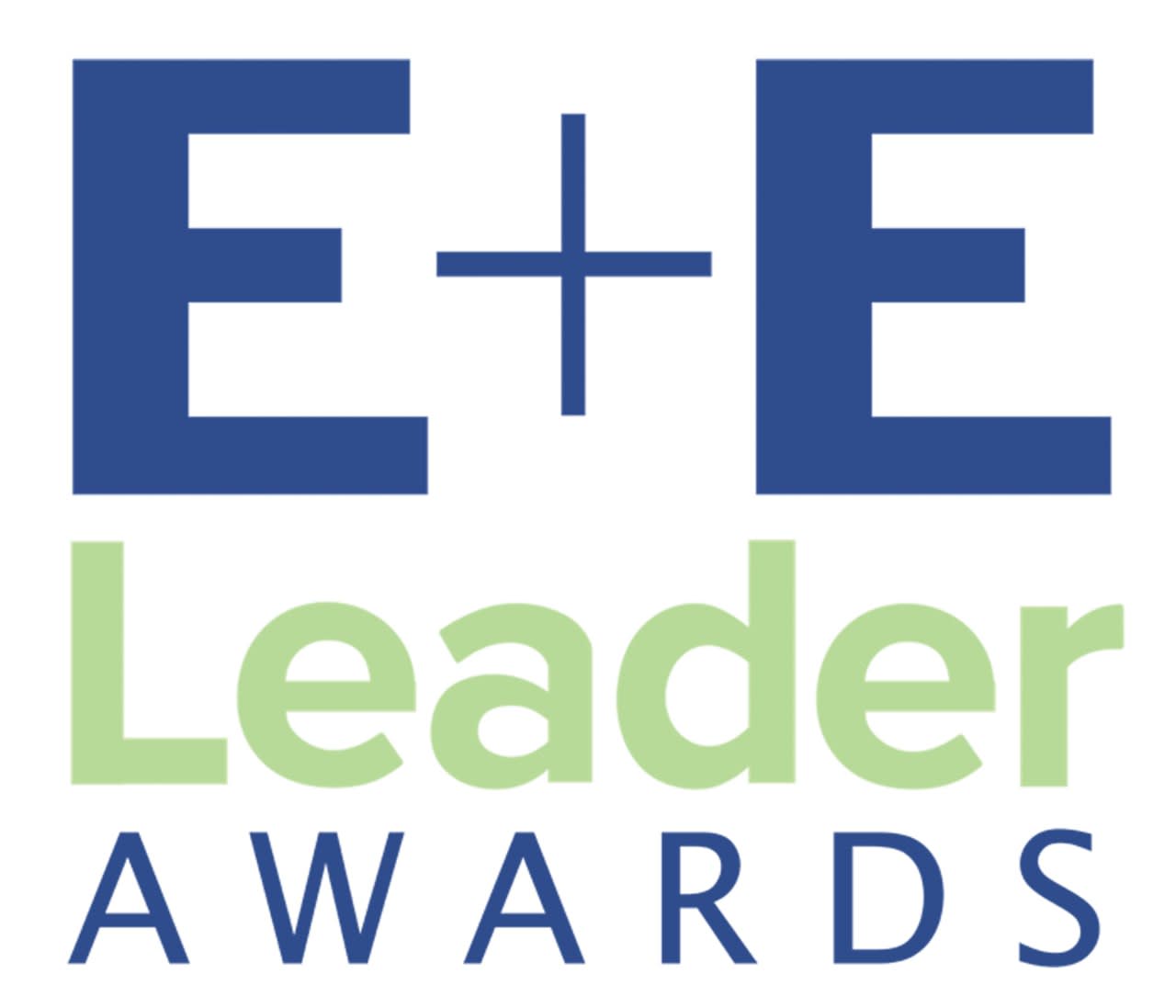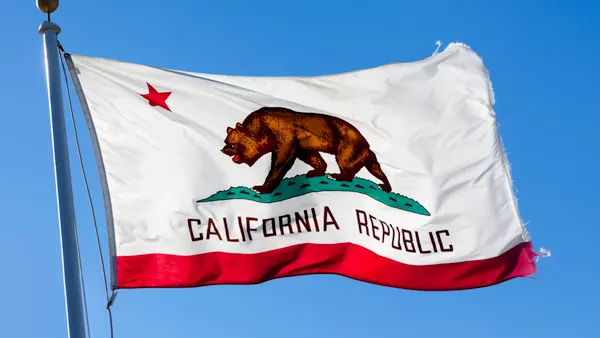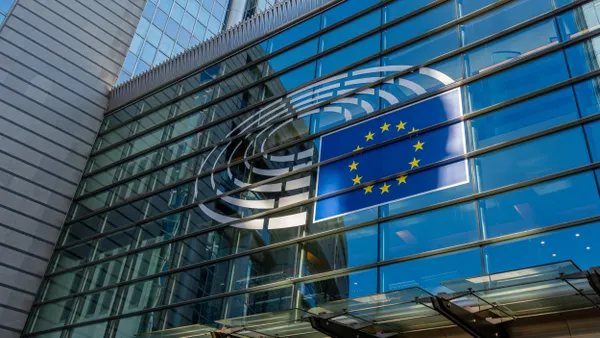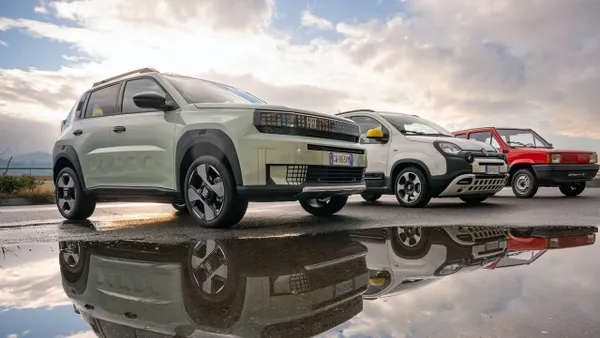Dive Brief:
- Levi Strauss & Co. is updating its water strategy to reduce freshwater use across its operations and boost water recycling and reuse within its manufacturing process, the company announced Thursday.
- The denim giant said it aims to cut its freshwater use by 15% across its garment manufacturing supply chain and processing facilities by 2030, compared to a 2022 baseline. These processes include cutting, sewing, laundry — activities the company said have the “largest impacts to water and nature” — and fabric dyeing and weaving.
- Levi’s also has a goal to recycle and reuse 40% of water consumed during its manufacturing process by 2030 and has plans to publish an industry guide on water conservation and restoration.
Dive Insight:
The apparel manufacturer said it has a 2030 target for all of its direct discharge supplier facilities to achieve the “foundational” level established by the Zero Discharge of Hazardous Chemicals Foundation — an organization which seeks to help the fashion industry phase out harmful substances from their supply chain and help brands and suppliers manage chemicals more sustainably.
Levi’s said it also aims for 25% of these facilities to hit the “progressive” level established by the ZDHC framework. This level entails facilities adopting advanced wastewater treatment processes and exhibiting a deeper knowledge of chemical management practices, according to the framework.
The company’s updated water strategy builds on goals it established in 2019 to reduce freshwater use across its manufacturing processes by 50% in areas of high-water stress by 2025, compared to a 2018 baseline. However, the company said it was only able to achieve 27% of this target by the end of 2024, causing it to revise its strategy and target date.
Levi’s new water stewardship strategy comes almost a year after the company unveiled its first climate transition plan. At the time, the company committed to achieving net-zero emissions across its supply chain by 2050 and set a few near-term sustainability targets. These included a goal to reduce absolute scope 1 and scope 2 greenhouse gas emissions by 90% by 2025, compared to a 2016 baseline, as well as a goal to cut absolute scope 3 emissions by 42% by 2030, compared to a 2022 baseline.
The transition plan, unveiled in October 2024, also included Levi’s original goal of reducing its freshwater use during the manufacturing process in regions with high water stress by 50% this year.


